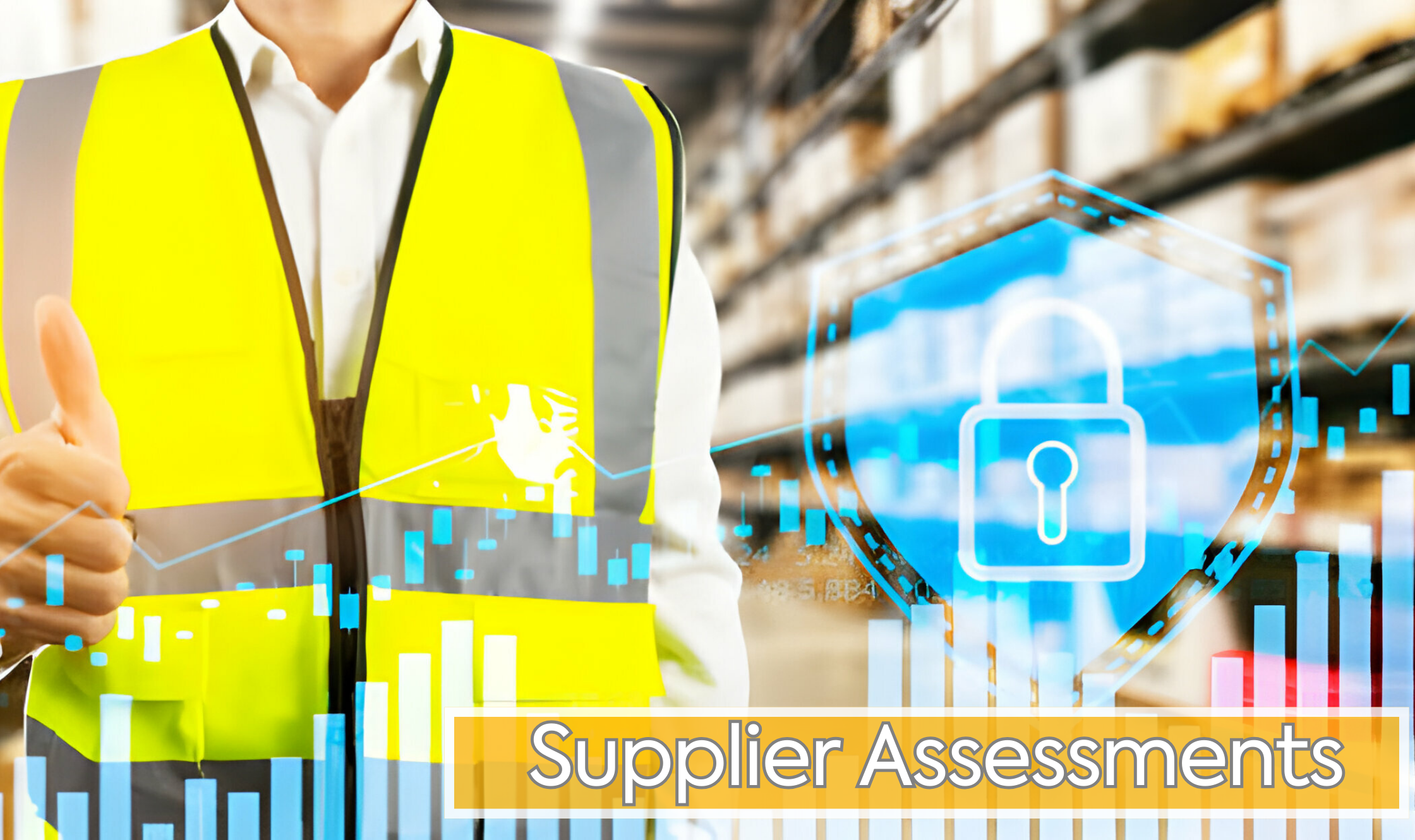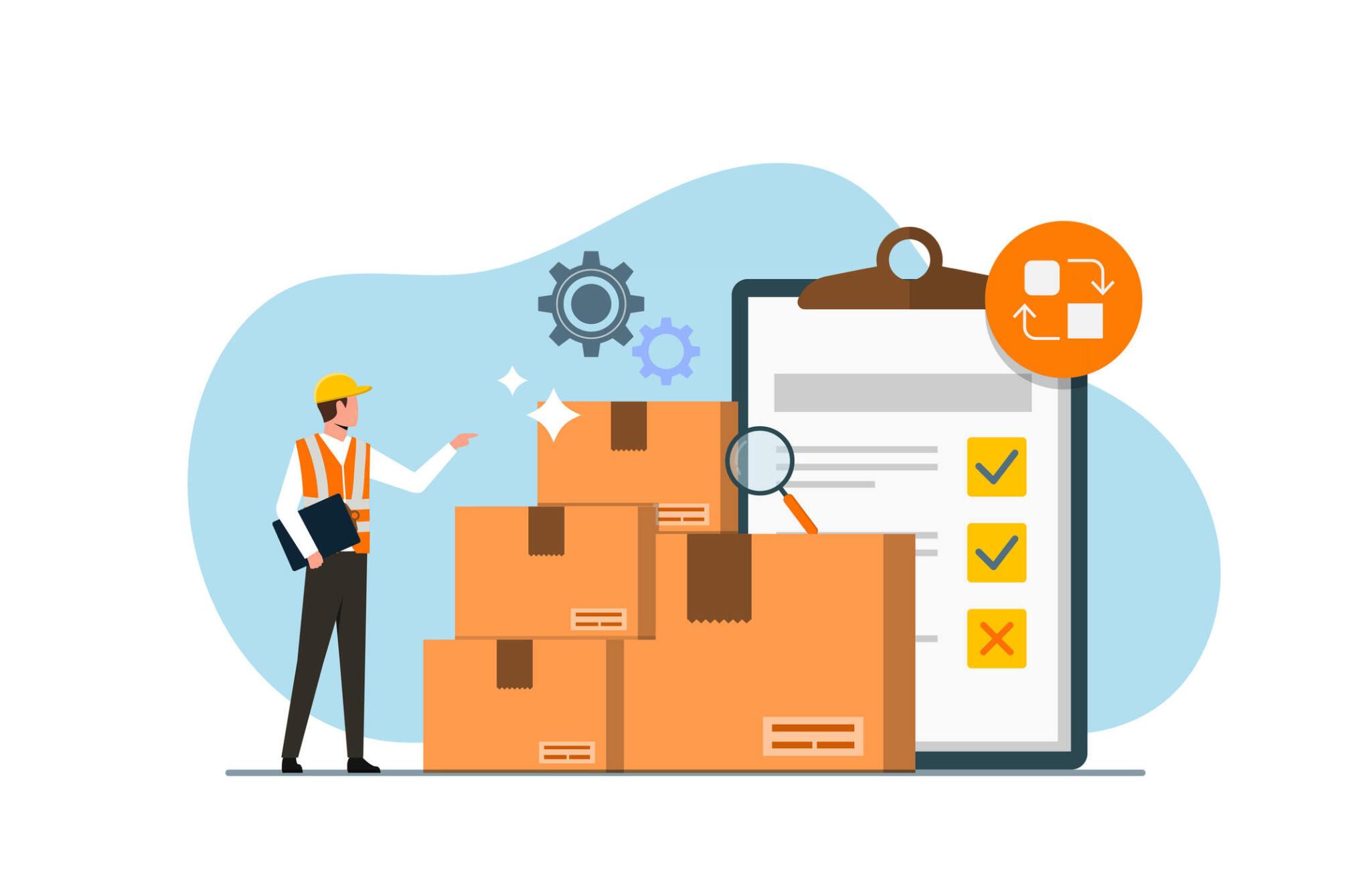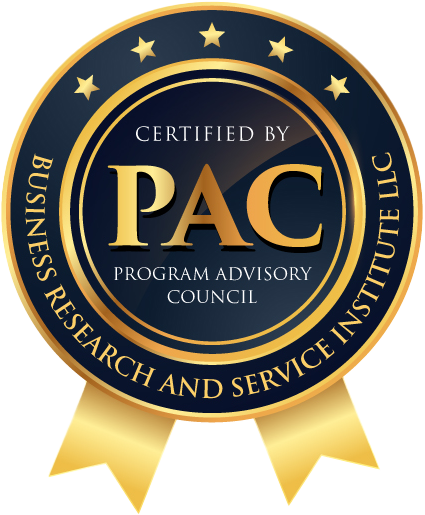If you’re responsible for procurement or supply chain management, you know how crucial it is to maintain smooth operations while mitigating risks.
Supplier risk management is all about identifying, assessing, and mitigating risks that could disrupt your supply chain.
In this article, we will talk about supplier risk management, offering practical advice and strategies to keep your business running smoothly.
Supplier Risk Analysis
Supplier risk analysis forms the bedrock of effective risk management.
Let’s break it down step by step:
Identify the Risks
The first step in managing supplier risk is to identify potential risks.
These can range from financial instability and regulatory non-compliance to natural disasters and geopolitical tensions.
By understanding the various risks, you can develop a comprehensive risk profile for each supplier.
Evaluate the Risks
Once you’ve identified the risks, the next step is to evaluate their potential impact on your business.
This involves assessing the likelihood of each risk occurring and the severity of its consequences.
This evaluation helps prioritize risks, allowing you to focus on the most critical ones.
Build a Contingency Plan
Having a contingency plan is essential for mitigating risks.
This plan should outline specific actions to take in response to identified risks.
For instance, if a supplier faces financial difficulties, your contingency plan might include finding alternative suppliers or renegotiating payment terms.
Stay Ahead of Supplier Compliance
Compliance is a key aspect of supplier risk management.
Keeping up with supplier compliance can be a daunting task, but it’s essential for minimizing risks.
Simplify Document Gathering with Delegation
One way to stay on top of compliance is by delegating document gathering tasks to dedicated team members.
This approach ensures that all necessary documents are collected and reviewed regularly.
Centralize Compliance Documentation
Centralizing compliance documentation in a single, accessible location makes it easier to track and manage compliance requirements.
This centralized system should be regularly updated to reflect any changes in regulations or supplier status.
Continuously Track Supplier Compliance
Continuous monitoring of supplier compliance is crucial.
Use technology to automate tracking processes and receive real-time updates on compliance status.
This proactive approach helps you address compliance issues before they escalate.
Five Supplier Risk Management Best Practices
Implementing best practices can significantly enhance your supplier risk management efforts.
Here are five key practices to consider:
Have a Clear View of Your Total Third-Parties and Their Relationships
Understanding the full scope of your supplier network is vital.
This includes knowing who your suppliers are, their relationships with other third parties, and how these relationships impact your business.
Assess Key Suppliers by Their Risk Level
Not all suppliers pose the same level of risk.
Assess each supplier based on their risk profile, considering factors such as financial stability, compliance history, and operational reliability.
Pre-Qualify New Suppliers
Before engaging with new suppliers, conduct thorough due diligence to pre-qualify them.
This process helps ensure that new suppliers meet your risk management criteria and reduces the likelihood of future disruptions.
Give Sole-Source Suppliers Special Attention
Sole-source suppliers, those you rely on exclusively for certain products or services, require special attention.
Develop contingency plans specifically for these suppliers to mitigate the risk of supply chain disruptions.
Centralize All Information and Keep Tracking Suppliers
Centralizing supplier information and continuously tracking their performance and compliance status helps maintain an up-to-date risk profile.
Use technology to streamline this process and ensure data accuracy.
Why is Supplier Risk Management Important?
Supplier risk management is critical;
To Protect the Organization from Financial Losses
Effective risk management helps prevent financial losses caused by supplier failures or disruptions.
By proactively addressing risks, you can avoid costly downtime and maintain profitability.
To Maintain Compliance with Regulations
Ensuring supplier compliance with regulations protects your organization from legal penalties and reputational damage.
It also helps maintain trust with stakeholders and customers.
To Safeguard the Organization’s Reputation
A supplier’s failure can tarnish your organization’s reputation.
By managing risks, you protect your brand image and maintain customer confidence.
To Avoid Disruptions in the Supply Chain
Supply chain disruptions can halt production and affect delivery timelines.
Effective risk management minimizes the likelihood of such disruptions, ensuring smooth operations.
To Ensure the Continuity of Operations
Continuity of operations is essential for meeting customer demands and achieving business goals.
Risk management ensures that your supply chain remains resilient and adaptable to changing circumstances.
How Do You Manage Supplier Risk?
Managing supplier risk involves three main steps:
Identification
Identify all potential risks associated with your suppliers.
This includes financial, operational, and external risks.
Assessment
Assess the likelihood and impact of identified risks.
Prioritize them based on their potential effect on your business.
Related: 7 Proven Tips for Mastering the Supplier Assessment
Mitigation
Develop strategies to mitigate prioritized risks.
This may involve diversifying your supplier base, enhancing communication, and implementing contingency plans.
How to Mitigate Supplier Financial Risks
Financial risks are among the most significant threats to your supply chain.
Here’s how to mitigate them:
Centralize Supplier Data
Centralizing supplier data allows for better visibility and control over financial risks.
Use centralized systems to monitor supplier financial health and identify potential red flags.
Wider Risk Monitoring
Broaden your risk monitoring efforts to include supply chain market trends, economic indicators, and industry-specific risks.
This comprehensive approach helps anticipate financial issues before they arise.
Analysis of the Vendors’ Relationships
Understand your suppliers’ relationships with other vendors and customers.
This analysis provides insights into their financial stability and potential risk factors.
How to Mitigate Supplier Operational Risks
Operational risks can disrupt your supply chain and impact your business.
Mitigate these risks with the following strategies:
Improve Supplier Communication & Set Regular Audits
Maintain open lines of communication with your suppliers.
Regular audits help identify and address operational issues before they become major problems.
Source a Wider Range of Suppliers
Diversifying your supplier base reduces dependency on a single source and mitigates the risk of operational disruptions.
Flexible Supply Contracts
Implement flexible supply contracts that allow for adjustments in response to changing circumstances.
This flexibility helps manage operational risks effectively.
How to Mitigate External Risks to Suppliers
External risks, such as geopolitical changes and natural disasters, can impact your suppliers.
Here’s how to mitigate these risks:
Diversify Supplier Locations
Spread your supplier network across different geographic locations to reduce the impact of regional disruptions.
Monitoring Geopolitical Changes
Stay informed about geopolitical changes that could affect your suppliers.
Proactive monitoring helps you anticipate and respond to potential risks.
Invest in Supply Chain Security
Invest in security measures to protect your supply chain from external threats.
This includes cybersecurity, physical security, and risk management protocols.
The Role of Technology in Supplier Risk Management
Technology plays a crucial role in effective supplier risk management.
Here’s how:
Real-Time Tracking & Monitoring of Suppliers
Use real-time tracking systems to monitor supplier performance and compliance.
This allows for immediate responses to emerging risks.
Automation
Automate risk management processes to increase efficiency and accuracy.
Automation reduces the burden on your team and ensures consistent monitoring.
Data Analytics
Leverage data analytics to gain insights into supplier performance and risk factors.
Advanced analytics helps identify trends and make informed decisions.
Increased Collaboration
Technology facilitates better collaboration between your organization and suppliers.
Enhanced communication and data sharing improve risk management efforts.
Conclusion
Supplier risk management is essential for maintaining a resilient and efficient supply chain.
By identifying, assessing, and mitigating risks, you can protect your organization from financial losses, ensure compliance, safeguard your reputation, and avoid disruptions.
Implementing best practices and leveraging technology will further enhance your risk management efforts.
Stay proactive and keep your supply chain running smoothly!
FAQs – Frequently Asked Questions
What is the first step in supplier risk management?
The first step is to identify potential risks associated with your suppliers. This includes financial, operational, and external risks.
How can I ensure supplier compliance with regulations?
Simplify document gathering, centralize compliance documentation, and continuously track supplier compliance using technology.
Why is it important to diversify supplier locations?
Diversifying supplier locations helps mitigate the impact of regional disruptions caused by natural disasters, geopolitical changes, or other external factors.
What role does technology play in supplier risk management?
Technology facilitates real-time tracking, automation, data analytics, and increased collaboration, all of which enhance supplier risk management efforts.
How can I mitigate supplier financial risks?
Centralize supplier data, monitor wider risk factors, and analyze vendors’ relationships to identify and address financial risks effectively.

Aftab Khan is a logistics specialist with over forty years of experience in all aspects of supply chain and logistics management. He is an engineer by training and holds an MBA, besides several certifications from APICS/ASCM, ISCEA, and BRASI. Mr. Khan is the Executive Director of Business Research and Service Institute LLC, USA.
- Aftab Khan#molongui-disabled-link








